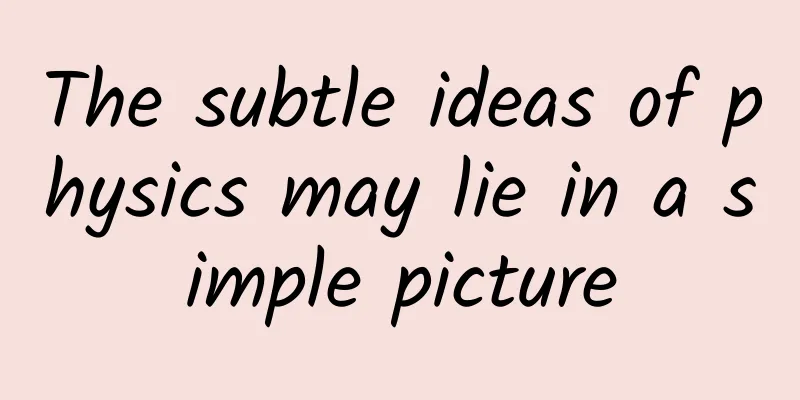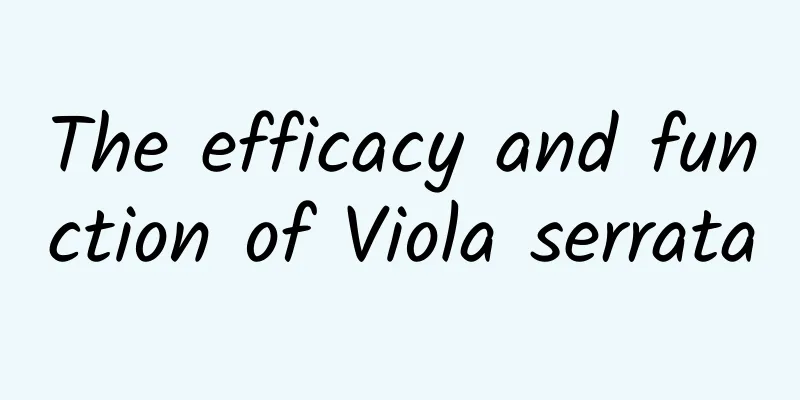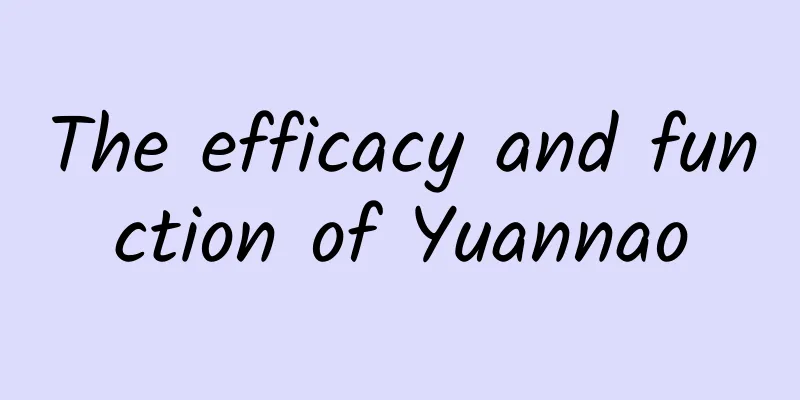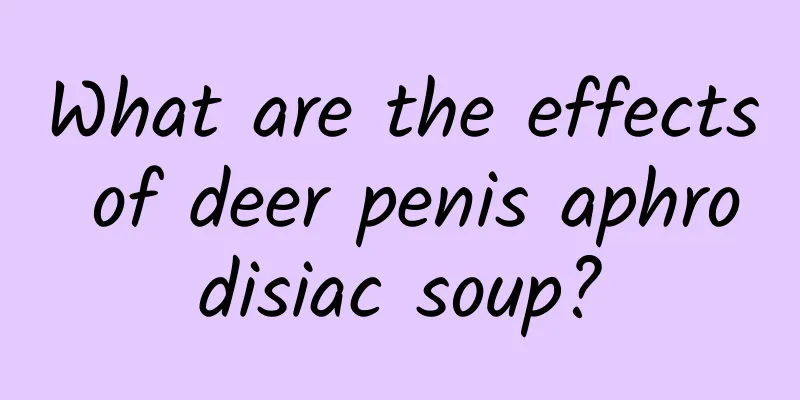Can't tell the difference between DNA, genes and chromosomes? A picture will help you figure it out
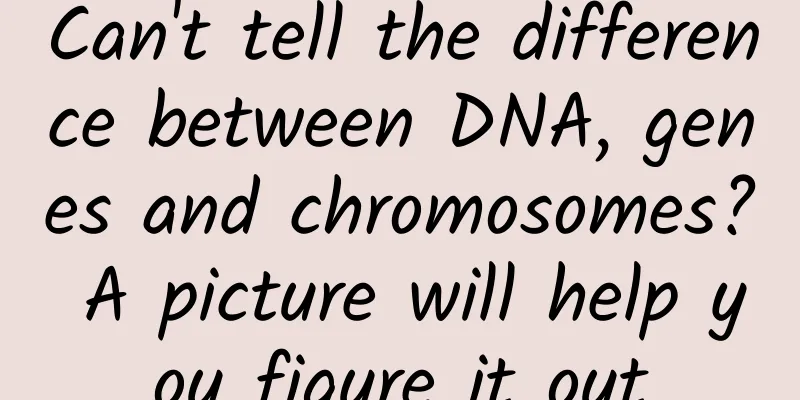
|
With the booming development of life sciences, we often come into contact with some genetic concepts in our daily lives, such as the DNA paternity test that we often hear in melodramatic TV dramas, and the gene test and chromosome test that we come into contact with during physical examinations in hospitals. Many people still cannot distinguish the concepts of DNA, genes, and chromosomes. Why do our genetic materials have three different names? Today, the blogger will use a picture to help you clarify the relationship between DNA, genes, and chromosomes. What is DNA? Strictly speaking, DNA is the genetic material of humans and almost all living things. In essence, DNA is composed of four deoxyribonucleic acids, adenine (A), guanine (G), cytosine (C) and thymine (T), according to the principle of pairing A with T and G with C, forming a double-stranded knot. Our human DNA has a total of about 3 billion pairs of nucleotides, which constitute our genome. What kind of existence is gene? Simply put, a gene is a DNA fragment that can actually exert a genetic effect. Human DNA has 3 billion base pairs, but only about 2% of the DNA can encode RNA or protein. We usually call these DNA fragments that can encode RNA or protein genes. It is estimated that there are a total of 20,000 to 25,000 coding genes in the human genome. The lengths of different genes vary greatly. Some genes have only a few hundred nucleotides, while others have millions of nucleotides. What are chromosomes then? Chromosomes are compact structures formed by DNA tightly coiled around histones. You can think of them as a form of DNA storage. Human DNA is stored in 23 pairs (46 chromosomes in total). 23 of your 23 pairs (46 chromosomes) come from your mother, and the other 23 come from your father. The blogger thought about it for a long time and thought that maybe you can understand the relationship between DNA, genes and chromosomes in this way. Suppose our DNA is a "single strand of wool" formed by four beads of A, T, G and C. Since single strands of wool are easy to break (unstable), relying on the unique attraction between the beads of A and T, C and G, we twist two single strands of wool together to form a more stable "double strand of wool" (double helix structure). Most of these double strands of wool are monotonous white, while a few have other bright colors, which can be used to weave some beautiful patterns (encoding RNA or protein). We call colored wool genes. However, because our wool is too long, it is tangled everywhere at home. In order to store these wool conveniently, we use some clips (histones) to tightly wrap these wool around the clips, and finally tangle them into 23 pairs (46) of wool sticks that look like fried dough sticks and store them in drawers (cell nuclei). References: 1. "Blueprint" 2. https://medlineplus.gov/genetics/ 3. The original materials of some pictures are provided by Servier Medical Art (http://www.servier.com). Please indicate the source when reprinting. |
<<: Perfume and poop contain the same substance? The most "smell" popular science is here
Recommend
The efficacy and function of sedge root
The root of the Chinese medicine is very helpful ...
Nausea and vomiting after taking Chinese medicine
People often say that Western medicine only treat...
These 5 most common household items are actually extremely dirty (the fourth one is used by everyone)
Everyone has different habits when it comes to cl...
The effects and functions of crab
Speaking of scorpions, the first thing that comes...
Can't eat before colonoscopy? You can eat this
Author: Lv Zemin Han Many people have had the exp...
Are the places where centipedes crawl poisonous?
Everyone knows that centipedes are poisonous, so ...
The efficacy and function of Shui Chaoyang
As people's research on traditional Chinese m...
China Farmers’ Harvest Festival丨UAVs irrigate the fields, drones spread pesticides…this is how farmers farm now!
The Chinese Farmers' Harvest Festival is the ...
The efficacy and function of Qingsilong
As people's living standards improve, they pa...
What are the effects of Chinese medicine Acanthopanax senticosus?
Acanthopanax and ginseng have similar effects, su...
The efficacy and function of stone crab
There are so many medicinal herbs in the world, a...
What are the effects of burdock ginseng tea
Burdock ginseng is what we often call burdock. In...
The first batch of scientific results of the space new technology experimental satellite
On September 5, the reporter learned from the Chi...
The efficacy and function of water lily
Water lily is a very common Chinese medicinal mat...
The Beijing Winter Olympics schedule has been released. China's first event is curling! Please save this gold medal event guide
Recently Beijing Winter Olympics Organizing Commi...
